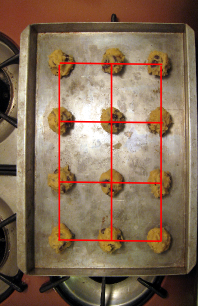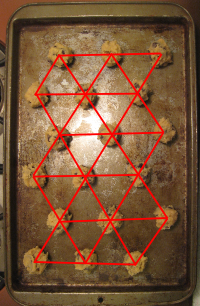Scientists are often known for our tendency to let our professional lives intermingle with our home/family lives. One classic portrayal of this in fiction is Dr. Murray (the mother of the main character in Madeleine L’Engle’s A Wrinkle in Time), a microbiologist who is not yet done with her experiment when it’s time to start dinner . . . so she just cooks the stew on a bunsen burner in her home laboratory. (When I first read the book, many years ago, this struck me as a eminently reasonable approach, and it did not cross my mind for an instant that there might be any potential downside to this arrangement — e.g., worries about the stew contaminating her experiment, or vice versa.)
Dr. Murray’s kids were already school-aged, though. When your child is a baby, and you are spending time at home with it, there’s decent likelihood that — amidst all the feeding, soothing, diaper-changing, general mess-management, etc. — you will not have sufficient resources (time, energy, and/or access to antimatter or high-voltage power supplies) to make much progress on your real research projects. Thus, you might instead find yourself re-directing your “usual methods” to your current situation.
This might mean recording every time the baby is asleep, for an entire year, and then producing a plot of the data (broken down into 15-minute increments) that nicely illustrates how your newborn’s many shorter naps gradually coalesced into fewer, longer periods. Or it might mean meticulously charting breast-milk production, so as to test the frustrating and often contradictory claims that various experts have made to you about this process. Perhaps you merely ponder whether the not-quite-yet-fussing baby’s gradual motion/rotation on the floor can be well described by a random walk model. Or maybe you find yourself analyzing the color choices on your child’s wooden blocks that are decorated with the elements of the periodic table:
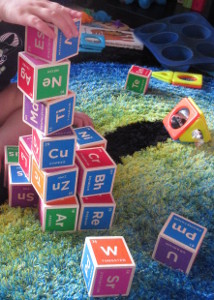
When you see this, what question(s) spring to mind?
I personally didn’t do all of those when I was home with my baby — just most of them. And although the baby in question is now 4.5 years old (but still loathe to let me focus my attention on complex physics questions in her presence), I recently found out that 2019 is the International Year of the Periodic Table of Chemical Elements, so I figured it was a good opportunity to dig out some of those old results. Continue reading

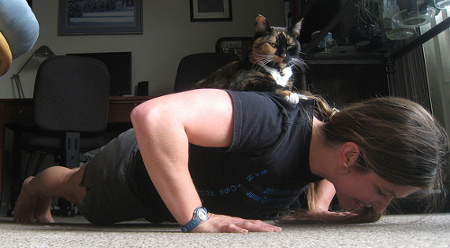
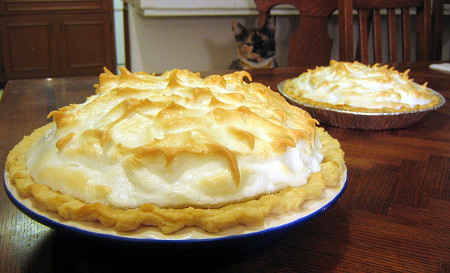 So is my cat. That is, she is a fan of pies, especially those with meringue on top. I don’t know how she feels about the number pi.
So is my cat. That is, she is a fan of pies, especially those with meringue on top. I don’t know how she feels about the number pi.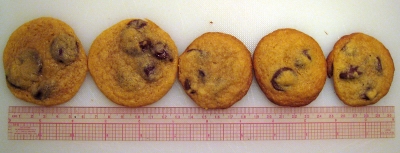
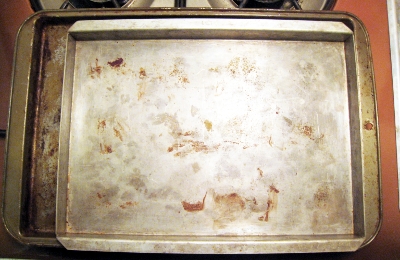 The sides are, in fact,
The sides are, in fact, 